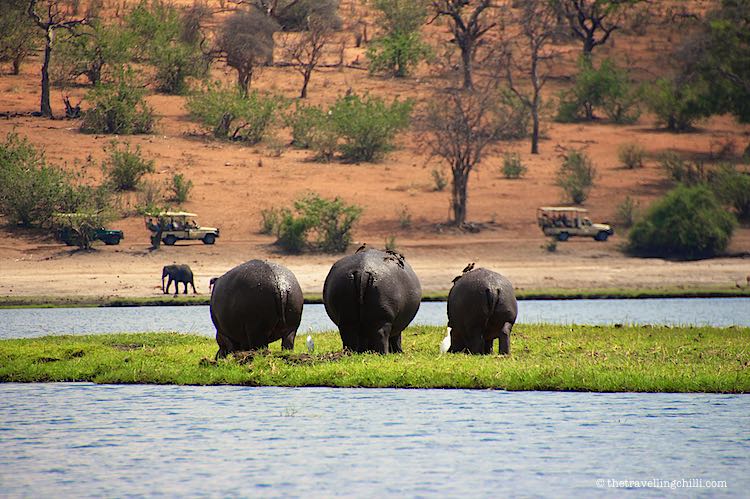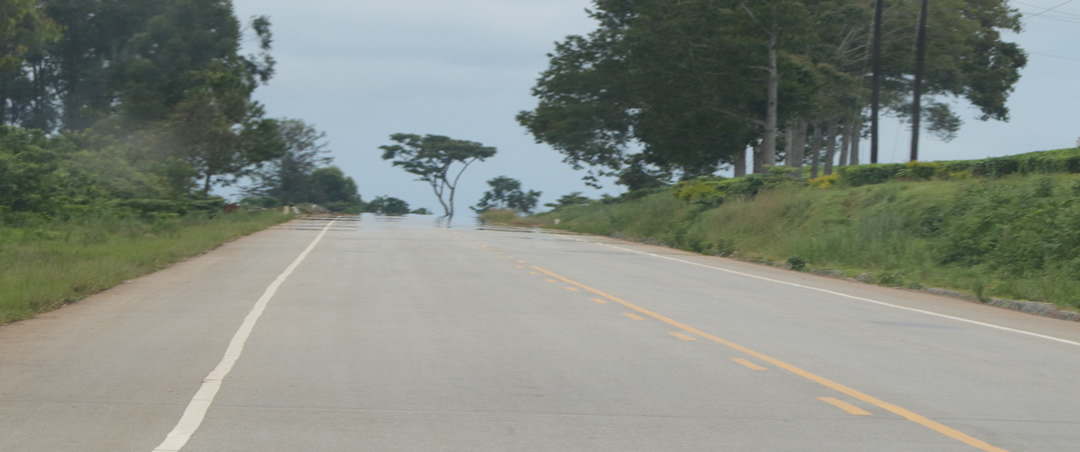Welcome to Chobe National Park Botswana
If your idea of a perfect and unforgettable safari is to encounter a wide range of wildlife species in large numbers, then Botswana’s Chobe National Park is where you have to be during your African safari. Whether you enjoy camping under the stars, self-driving, or flying into the Luxury Lodge, this National Park can be enjoyed by everyone.
Chobe National Park is situated within the northern side of the country gazetted in 1967 and covers an area of 11,700 square kilometers (4500 square miles), making it Botswana’s first Park and third largest Park after Kalahari Game Reserve and Kgalagadi Transfrontier Park.

Chobe National Park Tour
Comprising woodlands, swamps, and floodplains, this Protected Area is prominent for being one of the most biologically diverse places in Africa hosting the World’s largest herds of giant elephants (totaling over 50,000 elephants) as well as a full suite of predators, especially lions. Before the establishment of the National Park, the San Bushmen (also referred to as BaSarwa people) were the original inhabitants of the area and were nomadic-hunter-gatherers that always moved from one place to the other to find food, especially bush meat, fruits, and water and these days you will be able to see the San Paintings inside the rocky hills of the National Park.
This popular African National Park is divided into four regions/areas with each of them featuring a distinctive ecosystem they include the Savuti Marsh area extending for 10,878 square kilometers and comprises the western extension of the Park, Serondela area (also known as the Chobe riverfront) is found within the far north-eastern corner of the Park and is characterized by dense woodland, verdant floodplains, teak and other hardwoods that have however reduced due to high elephant population, the Linyanti March found within the northwestern corner of the Park, north of Savuti and contiguous to the Linyanti river and finally the hot and dry hinterland that lies between Savuti and Linyanti marshes and is mainly characterized by the Nogatsaa grass woodland.
Attractions within the National Park
River Chobe, one of Africa’s most spectacular River drains along the north-eastern border of the National Park making it the main watering spot during the dry season (July to September) as well as a large breeding spot for herds of elephants and families of giraffes, Cape buffaloes and Sable antelopes. The vast flood plains are the only spot within the country where herds of Puku antelopes can be spotted and when in flood, bird species such as ducks, spoonbills, species of storks, waterfowls and Ibis usually flock the area, thus making the Serondela area the most visited part of the Park but also because it is not far from the magnificent Victoria falls, one of the World most beautiful waterfalls.
The Savuti March area covered by rolling grasslands and vast savannahs offer shelter to African bush elephants, Zebras, warthogs, Rhinos, Impalas, kudus and wildebeests during the dry season as well as South African cheetahs, hyenas, lions, zebras and hyenas in addition to the abundant bird species during the rainy seasons.
There are also large numbers of African wild dogs, crocodiles, leopards, herds of elephants, the rare red lechwe, African wild dogs, Hippos, Sitatunga, Roan antelopes and Sable antelopes occur to the Linyanti Marsh, at the north-western corner of the National Park and north of Savuti adjacent to River Linyanti.
In the middle of Savuti and Linyanti marshes are where you will be able to spot antelopes such as elands and sitatungas. However, the three iconic areas for wildlife viewing in Chobe National Park are the remote and soulful Savuti, the Chobe Riverfront that supports Chobe’s highest concentration of wildlife and the Okavango-like Linyanti Marshes with animals to rival anywhere.
With over 450 species of birds recorded within the Chobe National Park, you wouldn’t want to miss exploring this destination during your safari in Botswana. This Park offers interesting adventures including private river cruises, unforgettable bird watching, game drives and perfect photographic opportunities.
Best Time to Visit Chobe National Park
The ideal time for exploring this part of Botswana is the dry season from July to September and December to February and is wonderful for game viewing around the waterholes and rivers. However, this is the busiest and most costly time to explore this destination but the rainy season from August to December is good for spotting the migratory bird species.


